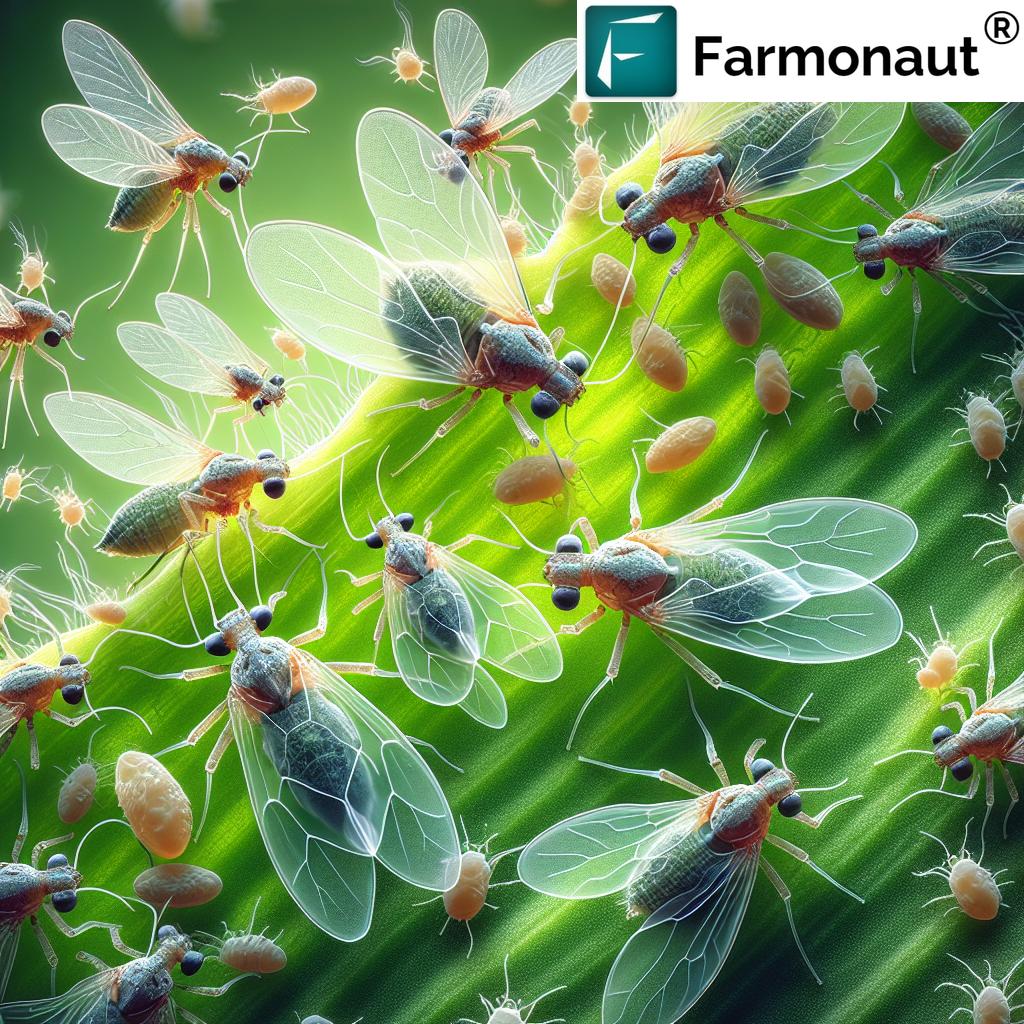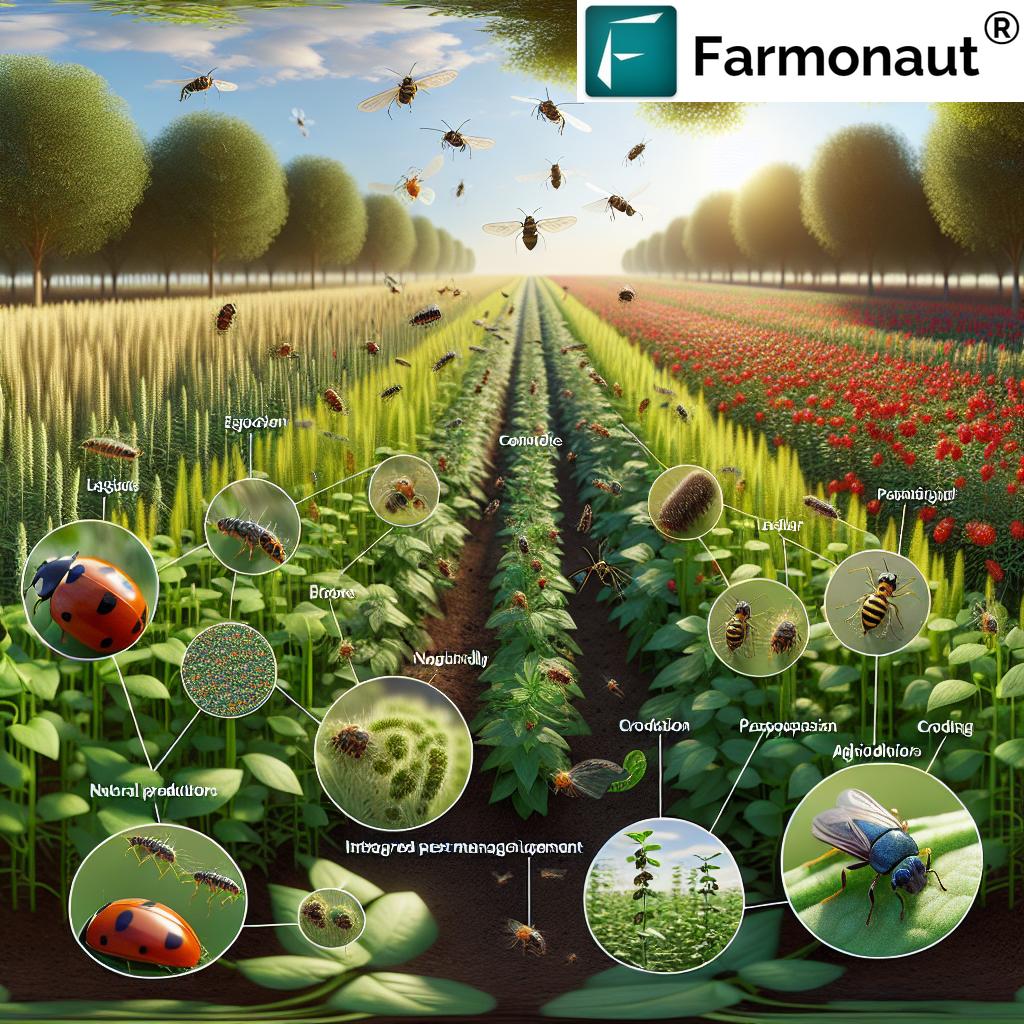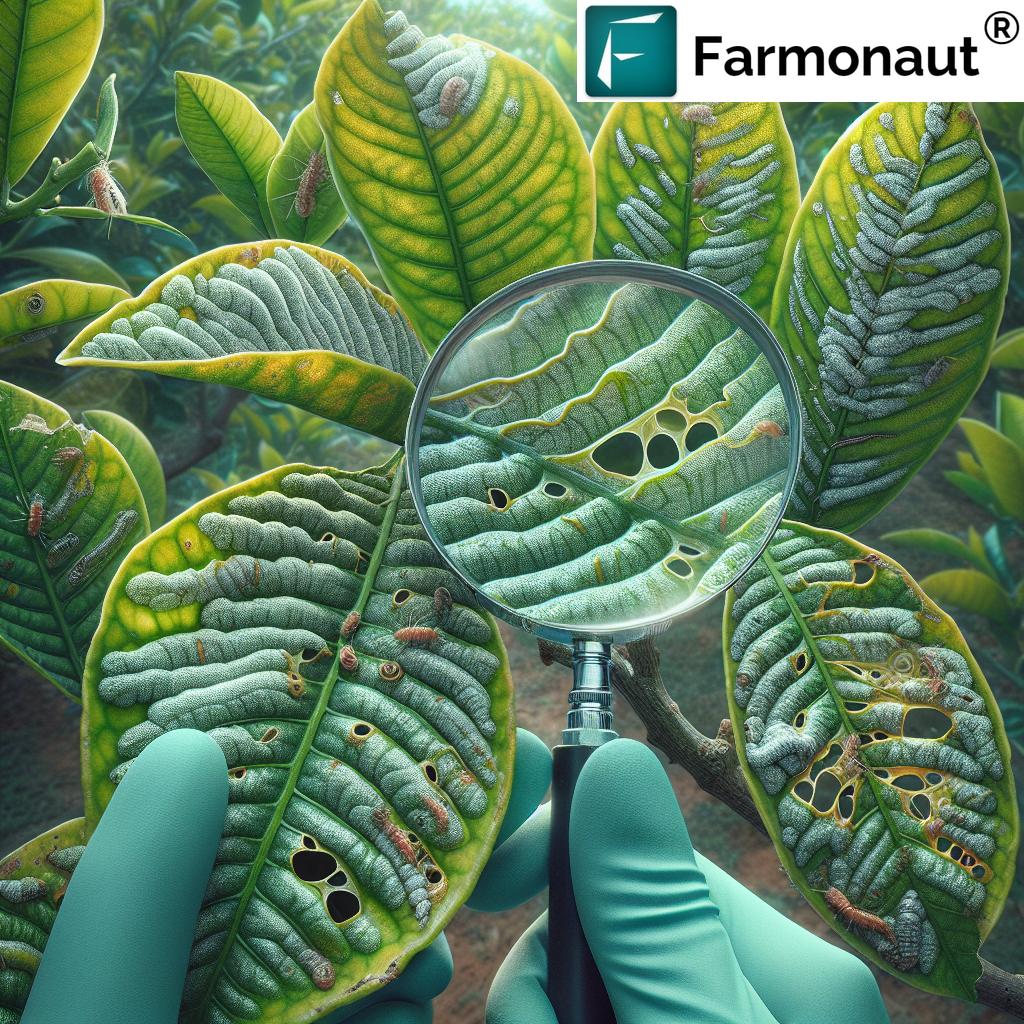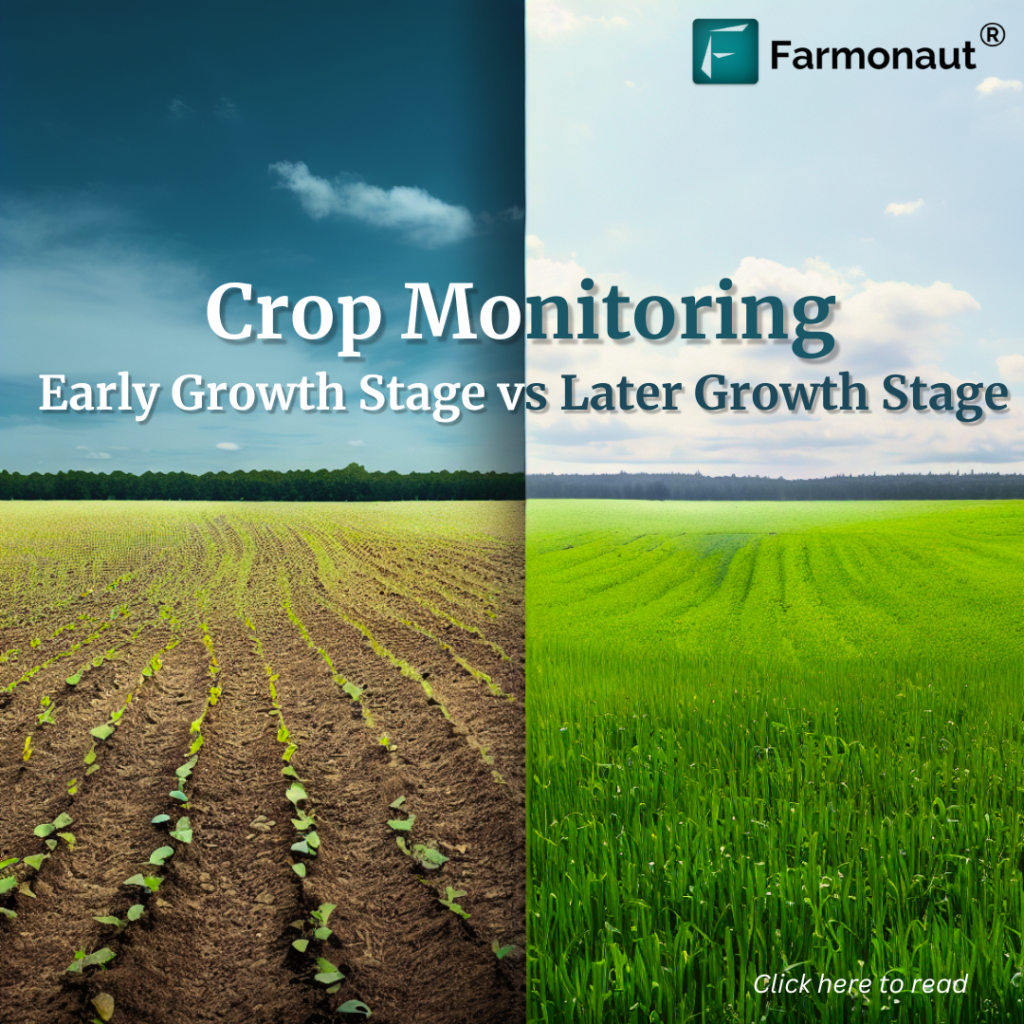Aphids With Wings: 7 Proven Control Strategies for Agriculture
“Winged aphids can increase crop yield losses by up to 80% if not managed with timely control strategies.”
Introduction: The Threat of Winged Aphids in Modern Agriculture
Aphids, those minuscule, sap-sucking insects, present a particularly daunting challenge for growers and forest managers worldwide. Their ability to directly damage plants and transmit various plant viruses makes them one of the most economically significant agricultural pests. Of all their remarkable behaviors, the formation of winged aphids—also known as alates—is perhaps the most concerning aspect for crop producers. These mobile forms facilitate widespread dispersal, fast infestation, and the spread of plant diseases across vast areas, complicating control efforts.
To effectively protect crops from aphid damage, we must deepen our understanding of winged aphid behavior, the environmental triggers for their formation, and how these insects impact the ecology of agriculture and forestry. Most importantly, we need proven control strategies and the adoption of modern technologies, such as those offered by companies like Farmonaut, to develop an integrated, data-driven approach to aphid pest management.
In this comprehensive guide, we will explore:
- The aphid life cycle and what triggers winged forms
- The agricultural and ecological implications of winged aphids
- 7 proven strategies for controlling aphids with wings
- How precision agriculture and satellite technology can revolutionize monitoring and response to aphid pressures
Aphid Morphology and Life Cycle: Understanding the Foundation
The aphid life cycle is a tale of remarkable biological adaptability. Aphids, such as the soybean aphid (Aphis glycines), demonstrate a complex cycle characterized by both sexual and asexual reproduction. This flexibility enables aphids to rapidly build populations and survive harsh seasonal changes.
Key Stages of the Aphid Life Cycle
- Winter (Egg stage): Aphids overwinter as eggs laid on specific primary hosts (e.g., buckthorn for Aphis glycines).
- Spring (Fundatrix and Asexual Reproduction): Eggs hatch as fundatrices (stem mothers) that asexually reproduce without mating, birthing numerous generations of female aphids. This process, called parthenogenesis, enables rapid multiplication.
- Summer (Alate Formation and Migration): As plant quality declines or colonies become crowded, environmental and physiological factors trigger the development of winged forms (“alates”). These winged aphids disperse to new, often secondary, host plants and continue reproducing asexually.
- Autumn (Sexual Form Production): Shortened days and temperature changes cue the emergence of sexual forms. After mating, females return to primary hosts to lay overwintering eggs, ensuring survival.
This cycle’s flexibility gives aphids the ability to respond to environmental challenges and spread in agricultural landscapes with exceptional efficiency.
Environmental Triggers for Winged Aphids: What Induces the Shift?
To create truly effective aphid pest management strategies, we must first examine the key factors influencing aphid formation of winged forms. Research has shown that a combination of environmental, physiological, and biotic conditions can trigger the abrupt appearance of winged aphids in crops and natural ecosystems.
1. Crowding and Host Plant Quality
- High aphid population densities force competition for space and resources. This crowding is a primary signal for aphid females to produce winged offspring.
- Declining plant quality, marked by aging (senescence), nutrient depletion, or physical damage, encourages alate production as the colony seeks healthier hosts.
2. Environmental Stressors
- Fluctuations in temperature, periods of drought, or nutrient deficiencies disrupt aphid colonies and can directly induce alate formation.
3. Predator and Parasite Presence
- Natural enemies such as ladybugs, lacewings, and parasitic wasps trigger the production of winged forms. This is a survival strategy allowing aphids to escape predation.
4. Viral Infections
- Certain plant viruses, including Cucumber mosaic virus, have evolved the ability to manipulate aphid microRNAs, thereby increasing the likelihood of wing development. This benefits both the virus (by facilitating spread) and the aphid (by allowing dispersal from declining hosts).
Understanding these factors influencing aphid formation helps us target interventions and predict aphid outbreaks—an approach made more powerful through precision monitoring technologies.
Did you know? The carbon footprinting feature by Farmonaut helps monitor the environmental impact of pest management activities using satellite-based data, ensuring sustainability in modern agriculture.
“Aphid populations can double in just 2-3 days under optimal environmental conditions, rapidly intensifying pest problems.”
Implications for Agriculture and Forestry: The Ripple Effects of Winged Aphids
The emergence of winged aphids and the environmental triggers behind their formation pose wide-ranging challenges across agriculture, farming, and forestry.
1. Crop Yield and Quality Threats
- Direct Feeding Damage: Aphids drain plant sap, which can distress plants, stunt growth, distort leaves, and cause significant reductions in crop yield and quality.
- Virus Transmission: These insects are formidable vectors for numerous plant viruses. The aphid transmission of plant viruses is especially devastating, leading to further crop damage and economic losses.
- Honeydew and Sooty Mold: Aphids excrete honeydew, which fosters the growth of sooty mold—covering plant surfaces and impeding photosynthesis.
2. Management Complexities
- Rapid Dispersal: Winged forms can disperse rapidly and over long distances, making containment and integrated pest management for aphids more challenging than with stationary populations.
3. Ecosystem-Level Impacts
- Disruption of Communities: The spread of aphid-borne viruses disrupts natural plant communities, affecting ecosystem dynamics and biodiversity beyond just agricultural fields.
Given these threats, early detection, rapid response, and integrated control are essential.
Comparison Table of Aphid Control Strategies
| Control Strategy | Effectiveness | Environmental Impact | Applicability | Estimated Cost |
|---|---|---|---|---|
| Biological Control | 60–80% | Low | Field & greenhouse; most crops | Low-Medium |
| Chemical Control | 70–95% | High | Wide range of crops; scalable | Medium-High |
| Cultural Practices | 40–70% | Low | All farms; adaptable | Low |
| Physical Barriers | 50–80% | Low | High-value crops, nurseries | Medium-High |
| Resistant Varieties | 60–90% | Low | Where varieties are available | Medium |
| Integrated Pest Management | 80–95% | Low-Moderate | All crop types and sizes | Medium |
| Monitoring & Early Detection | Varies (prevents large outbreaks) | Negligible | Universal applicability | Low |
Learn how satellite monitoring with Farmonaut’s large scale farm management tools can optimize monitoring efforts for all of the above strategies and deliver real-time advisory across vast tracts of land.
Aphids With Wings: 7 Proven Control Strategies
Let’s break down each of these proven control strategies for winged aphids and provide detailed explanations and practical examples for their use in modern agriculture and forestry. Our goal is not only to reduce pest populations but also to ensure the economic, environmental, and ecological health of crops and surrounding communities.
1. Monitoring and Early Detection: The Foundation of Aphid Pest Management
Early detection is arguably the most crucial step in any successful aphid control program. Because winged aphids disperse quickly and outbreaks can intensify within days, regular monitoring allows us to identify small infestations before they escalate.
- Scouting Crops: Systematically inspect leaves—particularly new growth and the undersides—for signs of aphids or “honeydew” residue.
- Use of Sticky Traps: Yellow sticky cards are highly attractive to alates and can provide early warning signs of incoming infestations.
- Technology Integration: Farmonaut’s satellite-based crop health monitoring large scale farm management solution enables real-time, field-wide surveillance of plant health, stress, and pest symptoms, reducing the risk of unnoticed outbreaks.
- AI Alerts: AI-driven systems like Jeevn AI analyze field data to flag rapid vegetation changes possibly linked to aphid feeding.
Regular monitoring is the bedrock of integrated pest management for aphids and supports targeted, effective decision-making, especially when complemented by advanced digital tools.
Tip: By establishing a monitoring schedule during high-risk periods—spring flushes, post-rainfall, and periods of increased temperature—you increase your chances of detecting alates before populations explode.
2. Biological Control of Aphids: Enlisting Nature’s Defenders
Natural control of aphids is a cornerstone of both sustainable and organic farming systems. Strengthening a field’s biodiversity and ecosystem resilience offers:
- Predatory Insects: Ladybugs (Coccinellidae), lacewings, syrphid (hoverfly) larvae, and parasitic wasps are all voracious aphid predators.
- Parasitism: Parasitic wasps, such as Aphidius spp., lay eggs inside aphids, resulting in population collapse and natural cycling of pest numbers.
- Supporting Beneficials: Use insectary strips (flowering plants), avoid broad-spectrum insecticides, and maintain undisturbed habitat margins.
While biological control may require time to establish, it significantly reduces aphid populations, especially when combined with careful scoutings and mindful habitat management.
For field-scale farming, digital resource management tools like Farmonaut’s fleet management solution can coordinate release schedules of biocontrol agents across multiple locations for maximum efficiency, ensuring timely application and movement of resources.
3. Chemical Control: Targeted Approaches for Managing Winged Aphid Infestations
When aphid populations exceed threshold levels or outbreaks threaten high-value crops, chemical control may become necessary. However, judicious use is critical:
- Selective Insecticides: Choose active ingredients with aphid-specific modes of action and minimal disruption to beneficial organisms.
- Rotation of Modes of Action: Alternate chemical classes to prevent resistance build-up, a risk amplified when pests reproduce as rapidly as aphids.
- Strategic Timing: Apply chemicals early—ideally when scouts or technology indicate the first signs of winged aphid infiltration, targeting both mobile forms and resident colonies.
- Protect Beneficials: Apply sprays at dusk or use systemic options to minimize impact on pollinators and natural enemies.
If you’re coordinating large chemical applications—for example, across cooperatives or distributed farms—Farmonaut’s platform large scale management tools can assist in scheduling, tracking, and compliance documentation.
Note: Always abide by pesticide label recommendations and integrated pest management principles. Overreliance on chemicals undermines both efficacy and environmental sustainability.
4. Cultural Practices: Building Crop Resilience Against Aphids
Cultural controls seek to make the environment less favorable for aphid establishment and reproduction. This involves:
- Balancing Fertilization: Avoid excessive nitrogen, which tends to attract aphids and accelerate population growth. Maintain optimal, not luxuriant, plant nutrition.
- Crop Rotation: Interrupts the aphid life cycle by removing host plants, especially when alternated with non-hosts.
- Weed Management: Remove weeds that serve as alternate aphid hosts and virus reservoirs (e.g., sowthistle or milkweed for many aphid species).
- Timely Planting: Coordinate sowing times to escape peak winged aphid flights for vulnerable crops.
Cultural practices are highly cost-effective and environmentally benign, especially when combined with precise, satellite-guided cropping plans made possible through technology.
Farmonaut’s satellite API and developer documentation provide tailored crop management insights, empowering farmers to manage rotations, input use, and field schedules with data-driven precision.
5. Physical Barriers & Reflective Mulches: Direct Preventative Methods
Physical techniques are particularly valuable in horticulture, nurseries, organic operations, and seed production units:
- Reflective Mulches: Silver or metallic mulches repel incoming winged aphids, reducing virus transmission and initial establishment.
- Fine Mesh Netting: Excludes aphids from high-value crops and seed beds without chemical inputs.
- Sticky Barriers: Barriers and sticky bands applied to greenhouse frames or tree trunks trap alates and prevent upward migration.
These methods directly block aphid dispersal, are compatible with other control strategies, and pose minimal environmental risk.
6. Use of Resistant Varieties: Harnessing Crop Genetics for Aphid Defense
Where available, planting resistant crop varieties provides an effective, low-input means of mitigating damage from both resident and winged aphid forms:
- Host Plant Resistance: Several crops—especially soybeans, potatoes, and cereals—now offer varieties with bred resistance to prevalent aphid species.
- Reduced Virus Transmission: Plants with reduced attractiveness to aphids or that impede virus multiplication help slow the spread of aphid-transmitted diseases.
- Integration: Pairing resistant varieties with other cultural and biological practices forms the backbone of robust, long-term control programs.
When launching a new variety, digital advisory systems such as Farmonaut’s Jeevn AI can help tailor varietal recommendations to field conditions and historical pest pressures, maximizing yield and protection outcomes.
7. Integrated Pest Management for Aphids: The Gold Standard
The concept of Integrated Pest Management (IPM) brings together all the above strategies into a coherent, adaptive framework. Its key tenets include:
- Threshold-based Decision Making: Only intervene when monitoring indicates potential economic damage, avoiding unnecessary sprays.
- Combination of Tools: Synchronize cultural, biological, chemical, and mechanical control methods for maximum, sustainable efficacy.
- Continuous Learning: Update strategies based on field data, local pest trends, and emerging best practices, using analytics from tools like Farmonaut’s platform.
With precision monitoring, real-time alerts, and data-driven decision support, digital agriculture platforms make IPM implementation scalable and affordable for smallholders as well as industrial-scale operators.
For more on how to optimize your aphid management with actionable, satellite-driven data, see our Crop Plantation and Forest Advisory services.
How Farmonaut Technology Drives Effective Aphid Management
Farmonaut provides a pioneering suite of satellite-based farm management solutions through Android, iOS, and web apps, as well as a robust API. Here’s why Farmonaut’s platform is uniquely positioned to transform how we manage winged aphids and other key agricultural pests:
- Satellite-Based Crop Health Monitoring: Our NDVI, soil moisture, and vegetation stress maps—derived from multispectral satellite imagery—quickly spotlight areas under attack or stress by aphids and other pests.
- Jeevn AI Advisory System: Harnessing the power of artificial intelligence, this real-time tool delivers actionable insights and expert crop management guidance, including aphid risk alerts and mitigation tactics, tailored to every field and season.
- Blockchain Traceability: We enable supply chain transparency through blockchain, benefiting seed producers and processors vulnerable to crop losses from aphid-transmitted viral outbreaks. Farmonaut traceability guarantees secure, verified records from field to market.
- Resource and Fleet Management: Plan, execute, and monitor biocontrol releases, spraying campaigns, and rotation schedules with digital efficiency across multiple farm sites using our fleet management solutions.
- Carbon Footprinting: Quantify and reduce the environmental impact of pest management interventions—ensuring ecosystem-friendly decisions are the norm, not the exception.
Our API https://sat.farmonaut.com/api and API Developer Docs empower agtech startups and farm management firms to build custom pest monitoring modules directly into their operations.
Farmonaut democratizes, scales, and future-proofs crop protection from aphid damage—making effective pest strategies accessible to every grower, co-operative, agribusiness, and institution globally.
Frequently Asked Questions (FAQ): Aphids With Wings
Q1: What exactly are winged aphids, and why should we worry about them?
Winged aphids, known as alates, are the dispersal form of aphid species. They emerge when environmental triggers—such as crowding, declining plant quality, or predator presence—signal the need for migration. Their ability to rapidly spread infestations and enable cross-field transfer of plant viruses makes them a significant threat to both yield and plant health.
Q2: How do environmental triggers cause winged aphid formation?
Triggers including high aphid densities, poor host plant quality, the presence of predators, and even certain viral infections can induce wing formation. This allows aphid populations to escape suboptimal conditions and colonize new hosts quickly.
Q3: Can monitoring really prevent outbreaks or is intervention always late?
Early monitoring—especially using satellite-based tools and sticky traps—can detect aphid presence before populations peak. Timely response (be it biological, cultural, or chemical interventions) is highly effective at minimizing losses when acted upon promptly.
Q4: Are chemicals the only solution for winged aphid outbreaks?
No. While chemicals may play a role in severe outbreaks, the combination of monitoring, biological control, cultural practices, physical barriers, resistant varieties, and data-driven IPM provides a more sustainable, cost-effective, and environmentally friendly approach.
Q5: How can technology like Farmonaut’s app improve our control strategies?
Farmonaut’s platform delivers real-time, field-specific pest and crop health data, AI-backed advisory, and resource management. This allows precise allocation of treatments, improved tracking, and reduced costs and wastage—making interventions timely and more likely to succeed.
Conclusion: An Integrated Approach for a Resilient Future
Aphids with wings present a formidable challenge for modern agriculture, requiring a nuanced understanding of biology, environmental interactions, and pest management strategies. The factors influencing aphid formation—from temperature fluctuations to viral manipulations—demand vigilance, adaptability, and innovation.
By combining early detection, biological control, judicious chemical intervention, robust cultural tactics, the deployment of resistant varieties, physical barriers, and integrated pest management frameworks, we can protect our crops, forest resources, and natural ecosystems.
With advanced, satellite-enabled crop management platforms like Farmonaut, we finally have the data, insights, and digital tools to make these strategies scalable and effective for farmers of all sizes. Farmonaut’s mission to democratize precision agriculture empowers growers, agribusinesses, and governments worldwide to achieve sustainable, high-quality food and fiber production.
The result is not just fewer aphids and reduced disease, but a leap toward healthier crops, lower input costs, and future-ready, resilient farming systems that can thrive in a world of environmental changes.
To explore subscription options that unlock all these benefits and more, see below.
Farmonaut Subscription Options


















